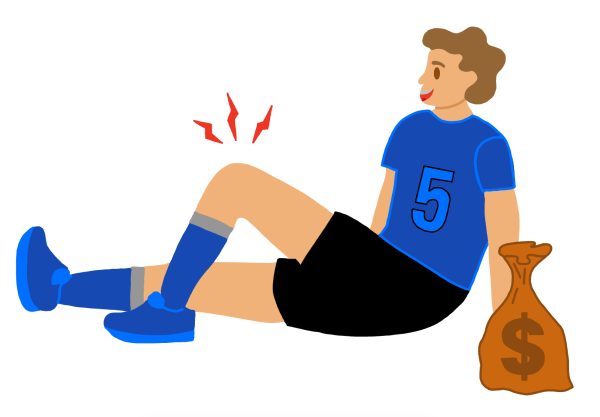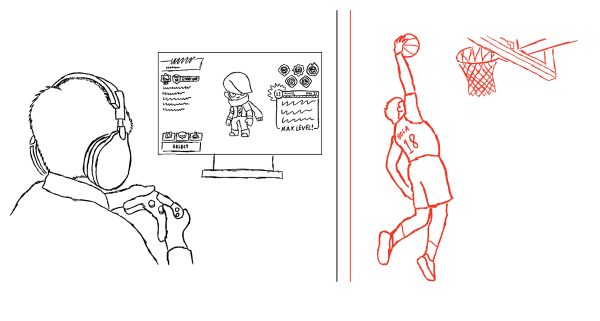Lightning fast fashion takes the world by storm
Fast fashion is a genre of fashion led by companies such as Shein, H&M, and Forever21, that includes low wages for factory workers and rapid production of new, trendy, and affordable clothing. Fast fashion empires circuit in new apparel on a monthly or weekly basis, replacing around three-fourths of their last collection. Constant cycling causes shoppers to miss out on trends if they fail to check clothing racks for each cycle. Therefore, more people buy the same clothes, and now many own a particular clothing article, creating “basic” trends. People value individuality and holding a dress, shirt, or hair clip they see every other person wearing increases their willingness to send whatever “basic” thing they own directly to the landfill, creating more waste on the planet. And although micro-trends are the primary producer of clothing waste, there is another reason: clothing quality only allows the fabric to withstand fewer than ten washes.
Because each garment cycle lasts a brief amount of time, companies take advantage of impoverished workers who have no choice but to withstand horrid working conditions. Performing for low wages, uncertain work hours, and receiving minimal to no training is expected as a factory worker for fast fashion companies. In addition, workers piece together fabrics for the companies to ensure a new clothing rotation is purchasable two weeks from the day designed. Therefore, companies spend more of their budget on hiring and keeping large amounts of workers rather than on buying quality fabric, causing customers to often find snags or color fading after one or two washes, leading them to the landfill.
It can seem as though fast fashion is a positive aspect of the fashion industry: rapid cycles of clothing appear as if they allow for creative designs and exploration of new sides of fashion not seen before, but because designers are frantic to keep putting out new works, they “draw inspiration” from less well-known designers from small companies who can not afford to sue these empires. Similarly, fast fashion designers take clothing from expensive boutiques and adjust just under ten features to make new pieces different enough to win the trial if sued.
Ultimately, there will be no end to fast fashion. Still, to lessen the effects of fast fashion, one can think twice before purchasing affordable, low-quality clothing in bulk and think about purchasing long-lasting clothing that can be worn multiple times without wear and tear.
Your donation will support the student journalists of Saint Viator High School. Your contribution will allow us to purchase equipment and cover our annual website hosting costs.








